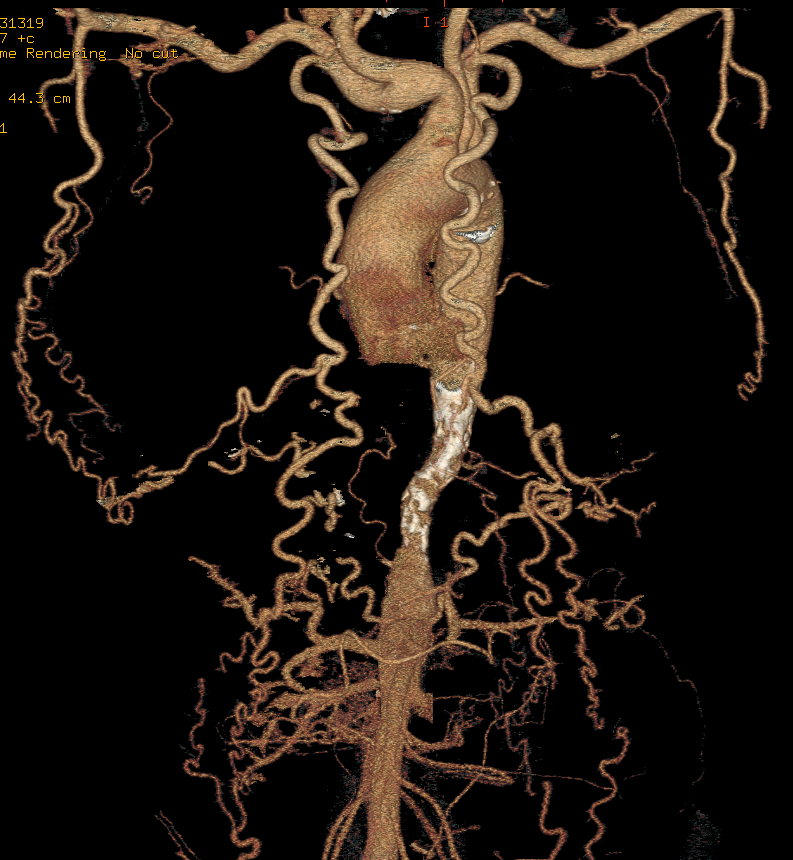|
Back to Annual Meeting Posters
Middle Aortic Coarctation
Thea P. Price, Aleksandra Policha, Anu K. Whisenhunt, Micheal Ayad, Paul J. DiMuzio, Dawn M. Salvatore.
Thomas Jefferson University, Philadelphia, PA, USA.
Middle Aortic Coarctation
Price TP, Policha A, Whisenhunt AK, Ayad MT, DiMuzio PJ, Salvatore DM.
Division of Vascular and Endovascular Surgery
Thomas Jefferson University Hospital
111 S. 10th St
Suite G6270
Philadelphia, PA 19107
Key words: Middle Aortic Syndrome, Mid Aortic Syndrome (MAS), Renovascular hypertension, Coarctation of the aorta
Objective: Middle Aortic Coarctation (MAC), a variant of Middle Aortic Syndrome, is a rare entity with only ~200 cases described in the literature. It classically presents with early onset and refractory hypertension, abdominal angina, and lower extremity claudication. Although endovascular repair has been described, open bypass remains the standard to restore abdominal inflow and correct renovascular hypertension.
Methods: We describe a 52 year old gentleman from El Salvador with refractory hypertension since age 8 requiring five anti-hypertensive medications. He presented with acute chest pain and severe hypertension. He denied mesenteric and peripheral vascular symptoms. Distal pulses were non palpable. Creatinine was 1.9 mg/dL (peak 4.0 mg/dL). CT angiography (figure) demonstrated a descending thoracic coarctation with extensive collateralization.
Results: After control of blood pressure, the patient underwent descending thoracic aorta-infrarenal aortic bypass using a 16 mm Dacron graft via a lateral 5th-interspace thoractomy and separate left retroperitoneal incision. The graft was tunneled through the posterior left hemidiaphragm. Patient had excellent recovery, with decrease in antihypertensive medications (five to two), restoration of full-distal pulses, and no neurological complication. Post-operative creatinine was 0.9 mg/dL.
Conclusions: Middle Aortic Syndromes are rare entities with presentation usually in youth or adolescence, comprising only 0.5-2% of all aortic coarctation cases. Etiologies include congenital, acquired, inflammatory, and infectious causes. If untreated, most patients do not survive past the 4rd decade due to the sequelae of renovascular hypertension including myocardial infarction, heart failure, intracranial hemorrhage, and aortic rupture. Depending on technical considerations, open surgical bypass remains the standard repair for MAC. 
Back to Annual Meeting Posters

|


